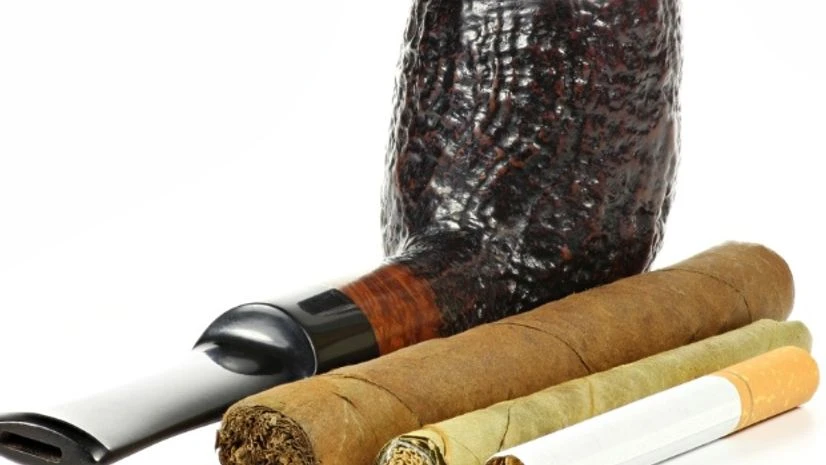Expressing serious concerns over the proposal of the GST Council for imposing 26% 'Sin Tax' on tobacco, public health advocates of Assam said such a tax rate below 40% will negatively impact revenue and public health.
There is an overarching consensus that categorising as "sin" goods such as tobacco that are harmful to society be taxed at the highest rate under GST as recommended in the Chief Economic Advisor report which seeks a 40% GST sin rate on all tobacco products including cigarettes, bidis and chewing tobacco, prominent NGO Voluntary Health Association of Assam (VHAA) said today.
VHAA demanded at least 40% sin tax with a provision for states' right to impose top-up taxes on all types of tobacco, including cigarettes, bidis, smokeless tobacco and pan masala be imposed to discourage their consumption and addiction amongst people, specially amongst the youth.
Also Read
VHAA Executive Secretary Ruchira Neog said the GST council meeting that concluded on October 20 last proposed a much lower 26% GST sin rate which would have significant impact on the revenue as well as the health of the nation, both of which require serious consideration.
"The rationale for a sin tax is twofold - to pay for the damage caused to society by products like tobacco and secondly to increase the price and reduce their usage," Neog pointed out.
"A 26% rate would defeat both purposes. It would significantly reduce current revenues from tobacco and would actually make tobacco products more affordable and encourage consumption, especially among vulnerable population including children and youth," she said.
According to the Global Adult Tobacco Survey (GATS)-2010, Assam is a major victim of tobacco abuse with 39% of adults in the state consuming some form of tobacco - cigarettes, bidis and smokeless (gutka, khaini, etc).
At least 52.6% of males and 25.3% females in Assam are found to use tobacco in some form or the other, Neog said.
A 40% 'Sin rate' combined with the existing excise tax and top-up state rights to tax tobacco appears to be the best scenario for public health and revenue, the VHAA Executive Secretary said.
"This will not only help us maintain the current tax burden on tobacco but will prevent more Indians from falling prey to life-threatening diseases and caught in a cycle of perpetual poverty," she said.
According to Dr Rijo John, Assistant Professor in IIT Jodhpur, "Compared to a GST Sin rate of 40 per cent, imposing a 26% Sin rate would reduce total tobacco tax revenue by almost one fifth (17% or roughly Rs 10,510 crore) even if the government retains the current excise on tobacco products post GST".
"Clearly, 26% Sin rate will be well below the rate required to maintain a revenue neutral position for tobacco and will significantly reduce tax burden on all tobacco products since the existing average VAT rates themselves are higher than 26% on most tobacco products," said Dr John working on tobacco taxation and co-author of various reports and studies on tobacco taxation.
Stating Tobacco-use imposes enormous health and economic costs on the country, he said the total economic costs attributable to tobacco use in Assam amounted to Rs 541 crore in 2011 for persons aged 35-69, of which 47% was direct medical costs and 53% was indirect morbidity costs.
"A much lower GST rate would make all tobacco products even more affordable to youth and children, leading to the impact of the tobacco epidemic becoming more severe driving up health care costs and resulting in productivity losses", said Dr Ravindar Singh, President of the Assam Branch of the Indian Dental Association (IDA).
"This will certainly lead to an increased number of fatalities per year, which is not good news for any country.

)
